One of the logical things to do when living in a country like Australia is to install solar panels and get your power from the sun.
We have talked about this before, when I was talking about Making your home more energy efficient and I said I would do a post about solar. So, here is my post. There is a lot to talk about, the process wasn’t smooth, but here I have just talked about the panels and not the problems we had connecting them to the grid. Let me know if you want to hear about that.
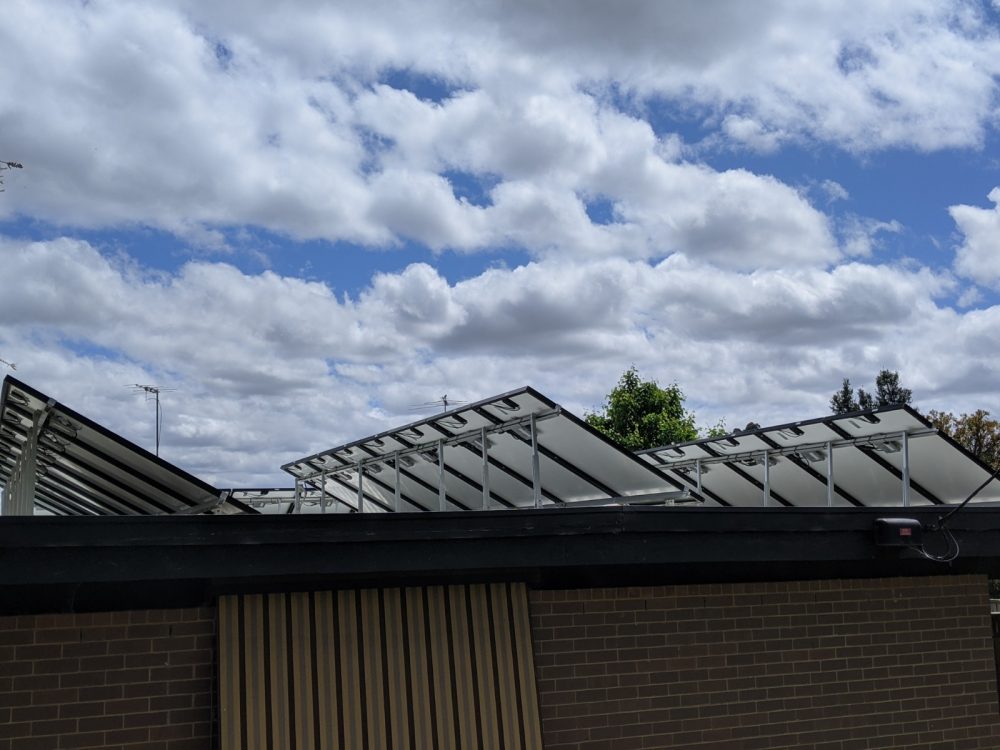
Why did we do it?
The obvious reason was so we wouldn’t have to pay for our electricity. Though, you still have to pay for some here and there, however, compared to what we were paying, we are doing really well.
A few years ago our electricity bills were around $2500 to $3000 a year, whereas this year so far we have paid somewhere around $150. For us that is great.
The other reason is Australia’s insistence that coal-powered power stations. No idea why they are, though plenty of theories, corruption being the top of the list.
We believe that coal is bad for the environment so since our government won’t do anything to stop it, then we feel it is up to us individuals to do something. Hence the solar panels on our roof.
Choosing our solar system
When you decide you want to get solar panels you can be overwhelmed with all the choices out there. The prices are also very varied. Need to be aware that there are a lot of cheap Chinese panels.
We got a few quotes, some not that expensive, but in the end, we went with a company where we knew we would have more choices. We went with a local company, EnviroGroup. They had a very good reputation and were recommended to us by others who had used them.
What we wanted and why
There were a few things that we wanted.
Solar Panels
One was that we wanted to choose our panels. There are a lot of panels from difficult companies available and they have a long warranty. My husband wanted to choose them from a company that seemed like it would still be around in 15 years.
We choose panels by LG. We have a magazine here, Choice, and they rated panels from them as among the best. So we choose them. They weren’t the cheapest, but also not the most expensive. We were happy with our choice there.
The inverters
Most solar panels are done with string inverters. So when you put a row of panels they are all connected together.
There is nothing wrong with them, though I have heard that this type does have problems. Not sure how true that is.
My husband was adamant that he wanted micro-inverters. Part of the reason was so we could see exactly how each panel was doing, but also if one stopped working they all wouldn’t stop. We would be able to tell if one wasn’t working.
What we got
We installed a 5 kW micro-inverter system. It consisted of 17 panels on our roof. Then almost 12 months later we installed another system so now we have a 10 kW micro-inverter system.
We have a flat roof, so we had a lot of choices about where they went. Initially, we went with 10 panels facing north and 7 facing west. When we got the second lot we saw what the panels had produced. The ones facing west produced less, not much, but we decided with the second lot we would put 12 facing north and 5 west. So now we have 22 panels facing north and 12 going to the west.
We don’t have any facing east because there are a lot of trees to the east and by the time the sun gets over them it is on the north-facing ones.
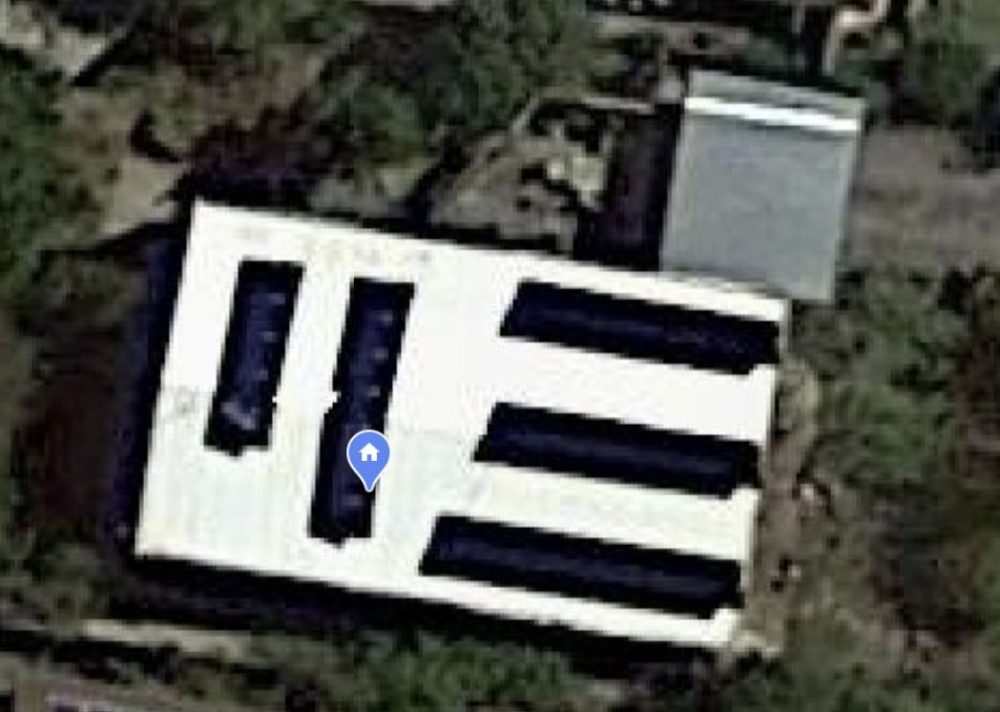
The above image shows you an aerial of what our roof looks like. It is indeed white.
Some of the good things
One of the things that I really like is how it is connected to the internet and we can see how much we generate and how much we use.
Yesterday it was quite sunny and here is what got. You can see how much each panel produced as well.
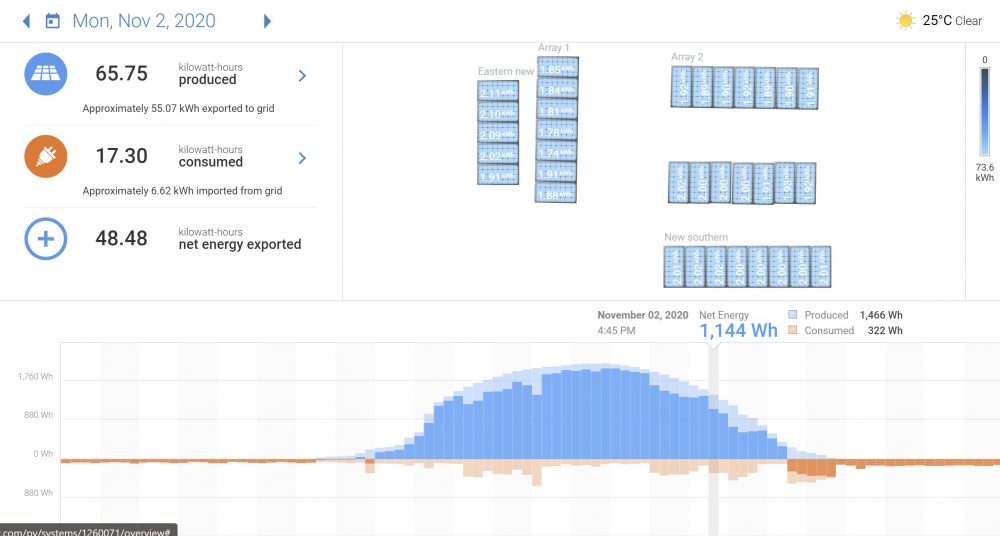
Our switchboard also got a facelift.

What’s next
The next logical step is to get a battery. My husband can’t make up his mind exactly what he wants there. We don’t want a Tesla because they can catch on fire, but we are keen on the Redflow batteries. A new one is coming out soon, so we might be getting it.
Getting a battery means that when we have power outages we will still have power. It would seem that this summer that could happen a bit with so many people still working from home.
Also, it would reduce how much power we need to import from the grid. That would mean we could pay even less a year.
The first reason is a big incentive.
Have you considered putting solar panels on your roof? If yes, did you, and if no why not?
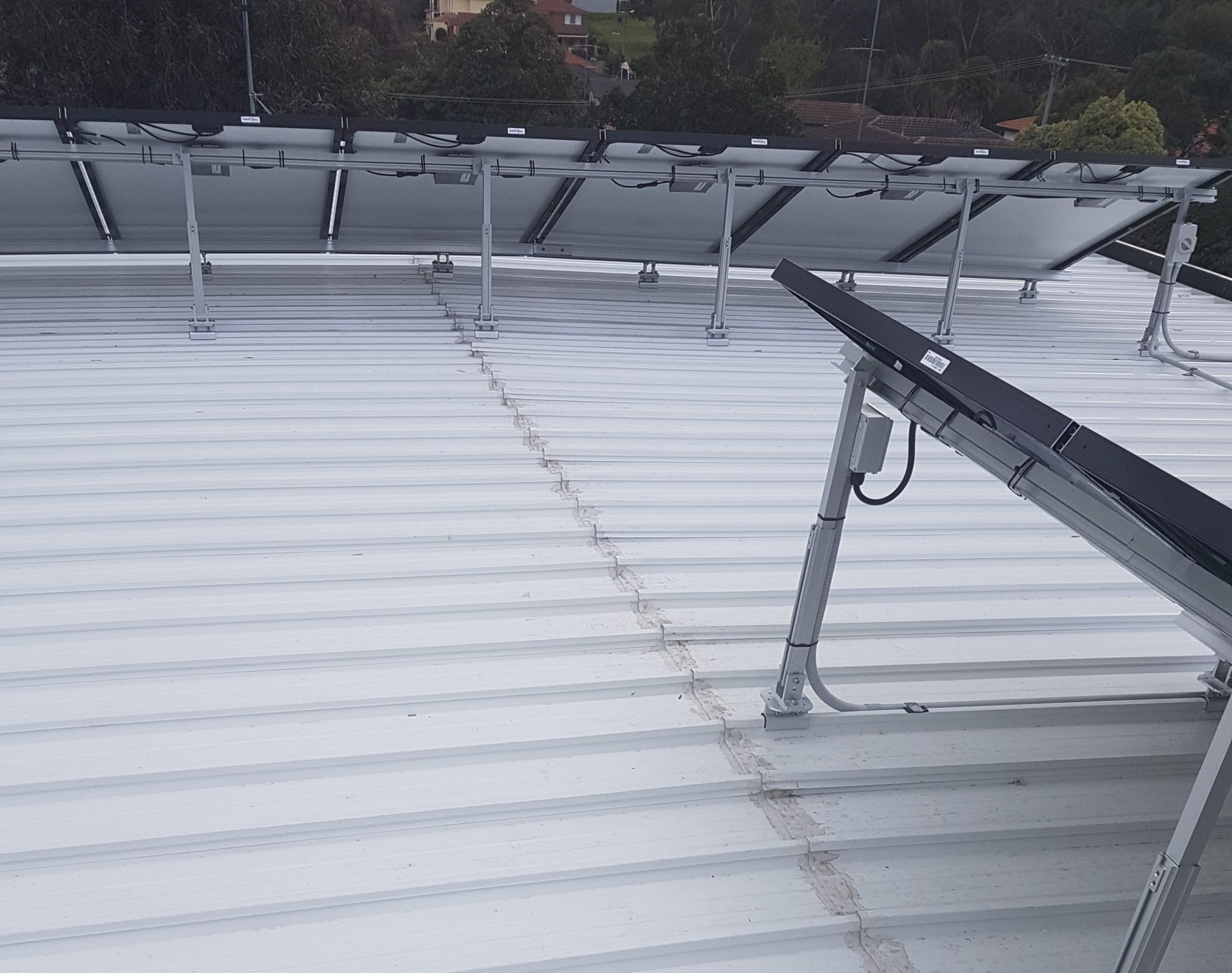
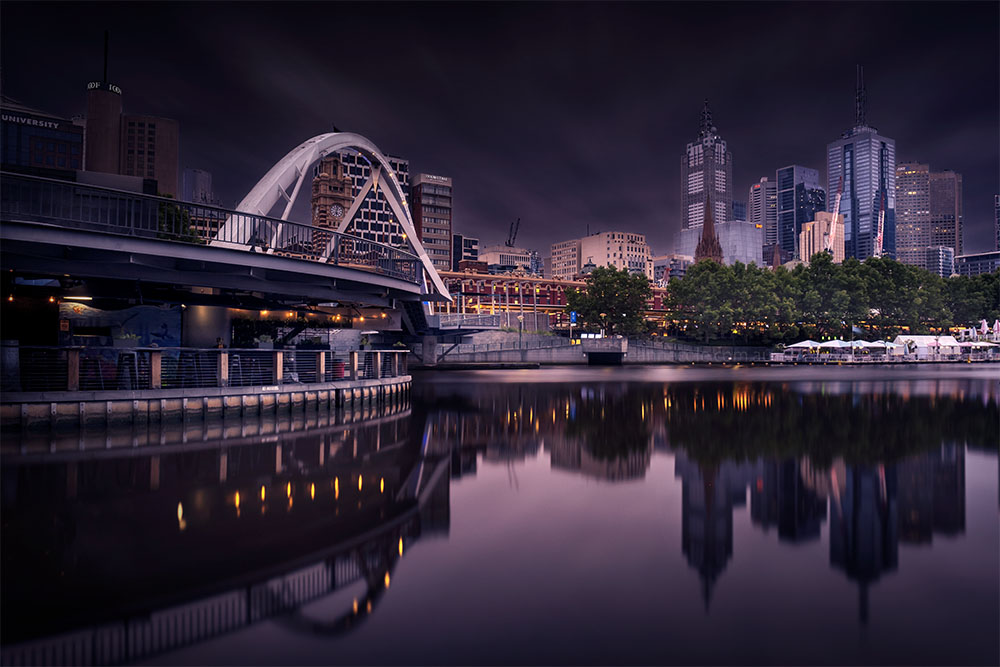


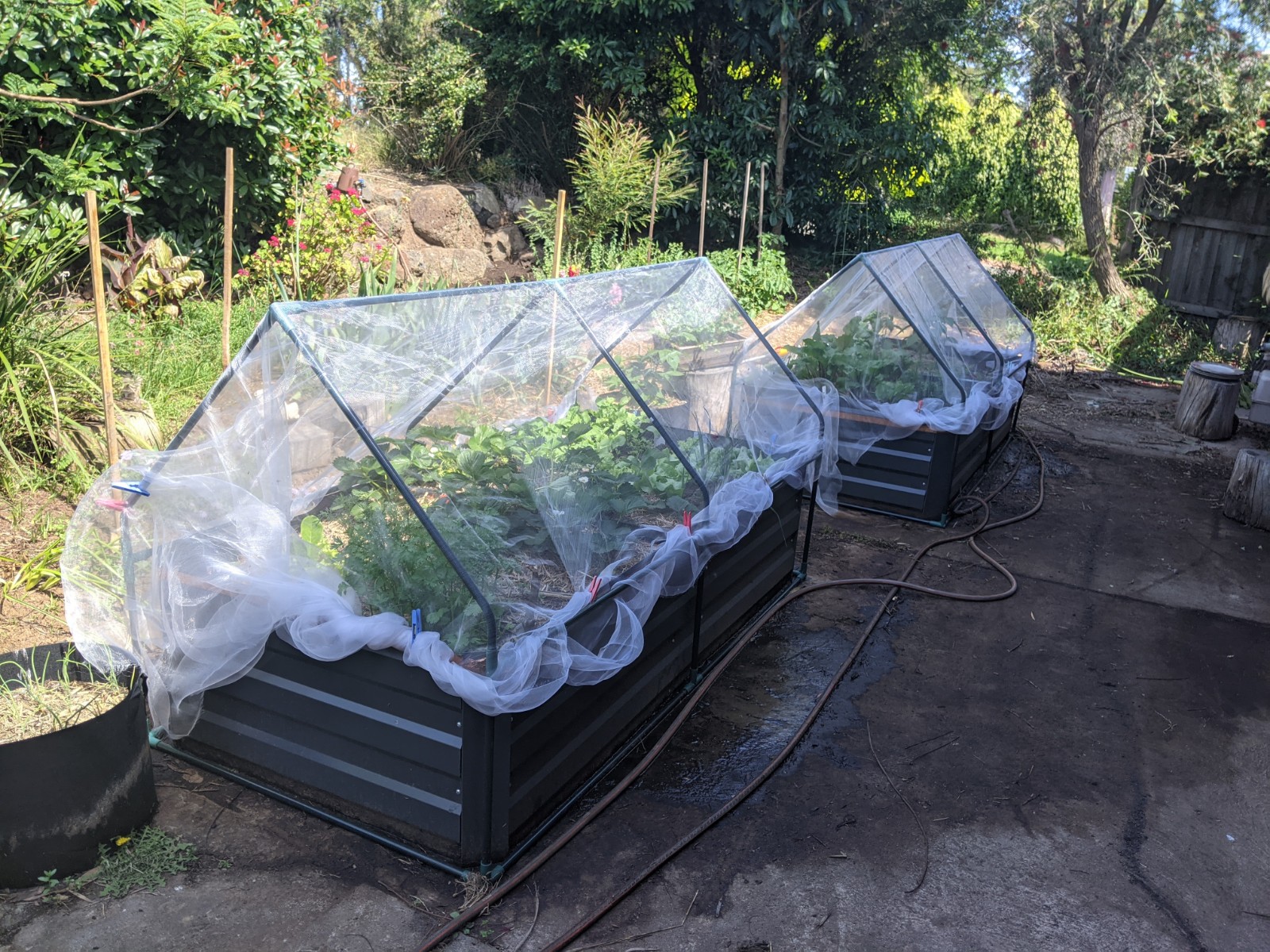
We’re about to get an assessment on Wednesday. Ten years ago we were told there was too much tree shading but we have since lost two out of six blue gums and systems are now more efficient. It’s simpler for us because we are eligible as pensioners for an ACT Government subsidy of up to $2,500 and there is only one approved supplier who also does all the installation.
That would have been us 10 years ago as well. Not now, they our panels have been set up so the ornamental pear doesn’t effect them. That is a great subsidy, we got something but I can’t remember what exactly it was. Thanks for sharing that Murray.
It is definitely on my list of things to do – as soon as I can afford it! Will probably start off with a solar geyser…
I’ve never heard of a solar geyser, what is it Zelmare? It is great having the system, we love it.
https://smartsolartech.co.za/solar-geysers/
Hi Leanne! I nearly missed this comment, sorry it took so long to reply.
Oh, okay it looks like our solar heating water systems, we have them too, but for us it wasn’t economical to put one in, well not at this stage. thank you for the link.
Thanks for sharing your experience. Here in the United States, there is a lot of activity with residential solar in the southern states, but not so much here in North Dakota. Our son lives in North Carolina and has a rooftop system. It is nowhere near as sophisticated as yours, so his savings aren’t nearly as substantial, but it does help them reduce their monthly bill.
I can understand that, you do need sun for solar to work. We don’t generate a lot in winter, but it doesn’t know here. Anything to help reduce your bills is a win to me. It all helps I think. Thank you John.
Please do. Most of the people writing and talking about how they installed solar panels in their home focus on the positives. To me, it comes across as hype; people down play the challenges. I am an engineer who worked in R&D. Things are never “easy peasy”. I’d like to hear it all.
I will do a post on it at some stage. Though we had no trouble with the actual system we had, it was more trying to get it connected to the grid, that was a nightmare. It happened a couple of years ago, so it will take a bit for me to remember what happened. lol
Yes I have 16 panels for much the same as you, less reliant on the stupid Govt’s coal bullshit. Went with a reliable local supplier with great products who can be here quickly if anything goes wrong. Also had solar hotwater at the same time installed as a package. Not going to think about batteries as they cost lots and the infrastructure also costs a bit. Hopefully you mini-inverter will cope with the batteries if needed to run your house. When we bulit here were put less reliance on electricity in the first place.
We have looked at solar hot water, but we pay so little for our gas hot water, that we would never get our money back. Since most of that cost is for the supply, which we would still need for the solar system, we have decided to stick with our gas system for now.We really want a battery, mainly so we don’t lose power in summer, which seems likely to happen this summer. Great to hear you have done similar to us, it does feel good doesn’t it?
Sure does.
😀